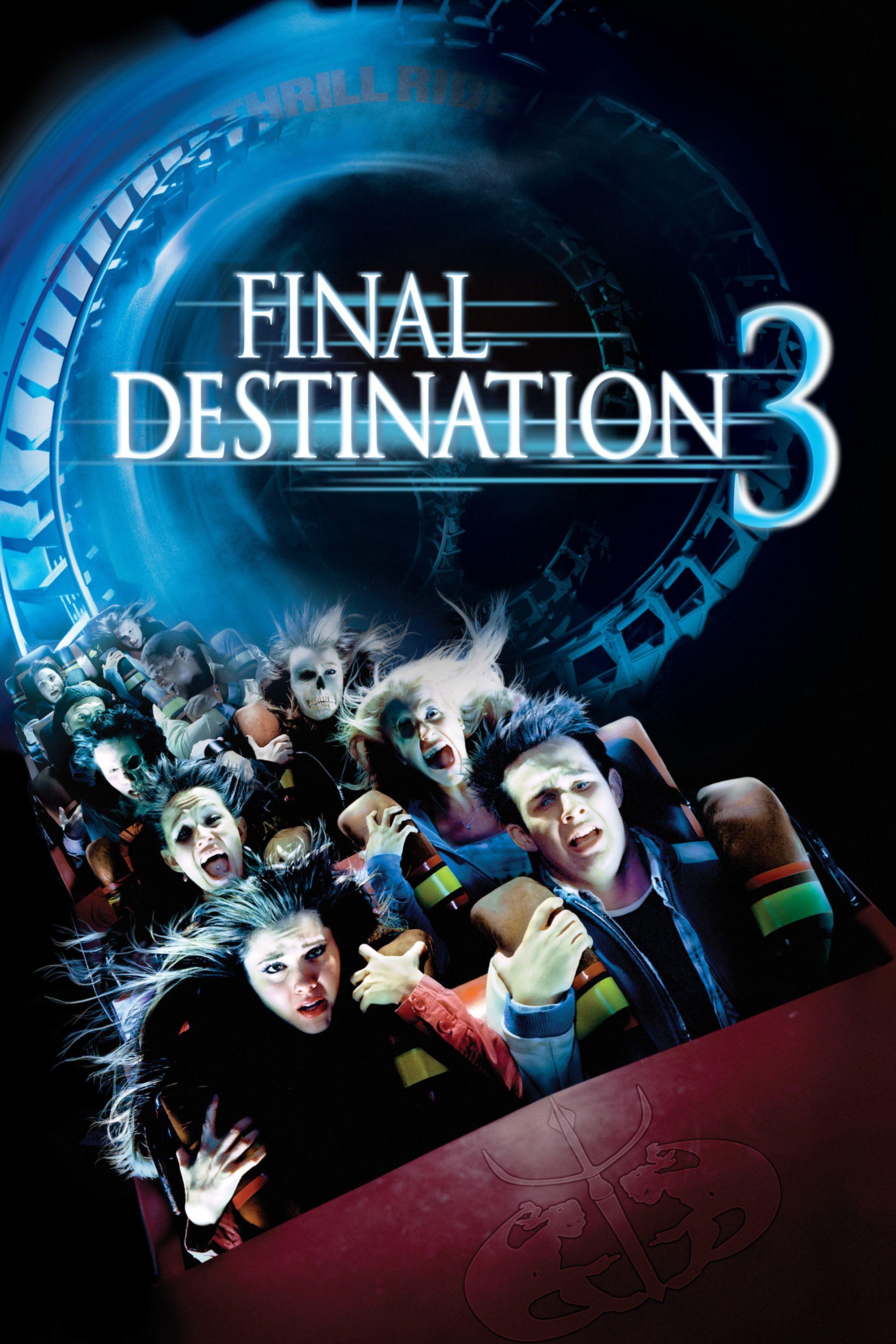“Final Destination 3,” released in 2006, is the third installment in the popular “Final Destination” horror franchise. Directed by James Wong, the film continues the series’ signature formula of suspenseful, supernatural thrillers centered around the theme of death’s inescapable pursuit. With its unique plot twists and disturbing sequences, “Final Destination 3” not only keeps viewers on edge but also explores deeper philosophical themes related to fate, mortality, and the human desire for control.

Plot Overview
The film follows Wendy Christensen (played by Mary Elizabeth Winstead), a high school student who survives a tragic roller coaster accident after having a premonition of the disaster. After escaping the ride, Wendy notices that the people around her, who were supposed to die in the accident, are now inexplicably dying in a series of gruesome and unexplainable accidents. As Wendy and her friends try to figure out a way to outsmart death, they realize that no one can escape the inevitability of fate.
The Role of Fate and Free Will
One of the central themes of “Final Destination 3” is the tension between fate and free will. The characters are unable to prevent their deaths, even though they are aware of the impending danger. The film delves into the notion that no matter how much control people think they have over their lives, death is always lurking, ready to claim its victims in the most unexpected ways. This theme plays into a deeper existential reflection on human vulnerability and the unpredictability of life and death.
The Importance of Premonitions
The premonitions that drive the plot are a pivotal device in “Final Destination 3.” These visions, which warn characters of impending danger, create a sense of foreboding and tension throughout the film. The use of premonitions not only serves as a narrative tool to advance the plot but also brings a supernatural element to the story. The characters’ attempts to change their destinies reflect the human need to control the uncontrollable, and the film critiques this desire by showing the futility of their efforts.
Death as a Character
In “Final Destination 3,” death itself becomes a character—silent, relentless, and inevitable. The deaths are not random but are carefully orchestrated by the forces of fate. The film’s creative set pieces and chilling sequences of accidents underscore this personification of death. It’s almost as if death is a force with its own agenda, pursuing those who defy its design. This embodiment of death adds to the film’s horror, as it creates a sense of tension where the audience feels the characters’ dread in facing something they cannot escape or outwit.
Visual Style and Cinematic Techniques
The visual style of “Final Destination 3” plays a crucial role in building the film’s atmosphere of dread and tension. The cinematography focuses on tight shots of the characters, creating a sense of claustrophobia, while the elaborate death sequences are both shocking and meticulously planned. The special effects used in these sequences—whether it’s a deadly malfunction of a roller coaster or a tragic accident involving an air duct—serve to highlight the fragility of life and the catastrophic nature of fate’s design.
Cultural Impact and Legacy
Upon its release, “Final Destination 3” received mixed reviews from critics but was a commercial success, continuing the franchise’s popularity. It has since become a cult classic among horror fans, celebrated for its creative kills and exploration of death’s inevitability. Like its predecessors, the film taps into a universal fear: the idea that no matter how much we try to avoid or escape it, death is a force we cannot control.
The film also sparked discussions about the role of fate in popular culture. Its influence is seen in other films and television series that explore similar themes of unavoidable destiny and supernatural intervention. “Final Destination 3” helped solidify the franchise as one of the most unique horror series, noted for its inventive death scenes and its philosophical undertones.
Conclusion
“Final Destination 3” is a notable entry in the horror genre, combining supernatural terror with existential commentary. By exploring themes of fate, free will, and the inescapability of death, the film delivers more than just a series of shocking deaths. It forces viewers to confront their own fears about the uncontrollable forces that govern life and death. Though it is primarily a thriller, the film’s deeper reflection on human existence and its inevitable end gives it a lasting impact in the world of horror cinema.





